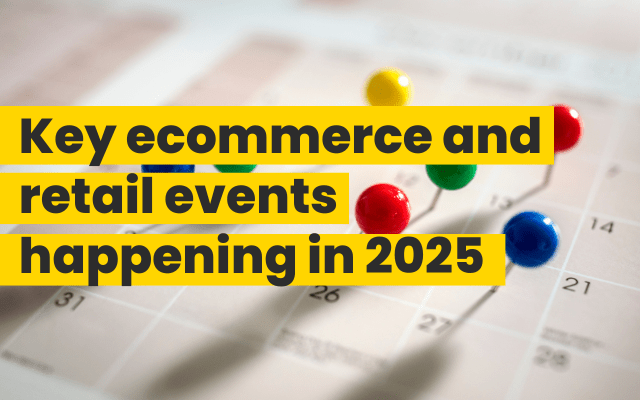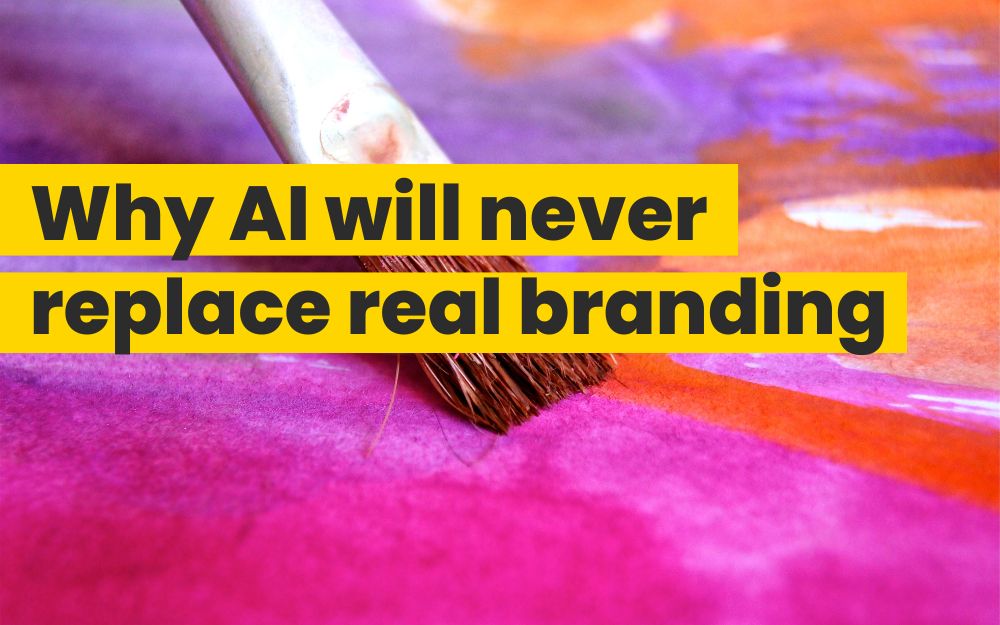Leading online retailer ASOS have struck a deal with the fashion empire, Arcadia Group worth £265m, buying the brands; Topshop, Topman and HIIT Sportswear (Part of Burton Menswear). In the wake of the pandemic and the impending demise of the high street, Asos announced that the brands’ physical stores will not be taken on and will now be available online only.
This bold move is said to be part of Asos’ plan to accelerate their multi-brand platform strategy and drive growth amongst their younger shoppers. Asos CEO, Nick Beighton, has revealed plans to develop the brands further using their expertise in design, marketing, technology and logistics.
Asos are already the clear winners amongst these brands with the highest BOSCO™ index of 715. So, we take a look at the work they need to do to develop these brands and get them up to the same standard.
How did we score the brands performance?
BOSCO™ is the latest metric used in digital marketing to index a retailer against their competitors, plan marketing spend and predict profit.
The BOSCO™ Index gives you a metric to compare yourself against your main competitors; you can then identify where you need to invest to gain more of the market space. Here’s how the Arcadia brands scored:
• Topshop – 629
• Topman – 583
• HIIT Sportswear (Burton brand) – 623
Whilst these are all respectable scores, there is plenty of work to be done to get them up to the same standard as Asos. Whilst BOSCO™ suggests Topshop should invest more in Google Shopping, it suggests Topman should invest more in Bing.
Why did Asos purchase these brands in the Arcadia Group?
Firstly, what do Asos do well?
Asos is a much newer brand than any of the Arcadia Group and has grown with the rapid shift to online over the past decade. Asos have stayed on top, or even ahead, of where their target audience are and have connected with them by using a variety of channels and tactics in order to convert. They’ve taken advantage of the latest, and sometimes daring, technologies that other companies have overlooked.
Utilising social media channels
Asos have a strong presence and loyal following on the latest and most popular social media platforms that are available.
Almost untouched by the Arcadia brands, TikTok is the latest social media platform to launch, and, no surprise, Asos are all over it. Asos have a huge 533.5K following on there, compared to the likes of Topshop, who are the only Arcadia brand to have a TikTok profile, with only 2885 followers.
TikTok allows Asos to stay on top of and join in with the latest trends that are circulating amongst the general public, such as using all of the trending filters and sounds. This makes the brand more personable and helps them to connect in a more natural way with their audience who are posting the same content; although not all of their content is commercially led, they are still getting exposure through this channel.
It’s not just TikTok, Asos have a large following on each of the current social media platforms, including Instagram, Snapchat and Twitter. Having a strong presence on each of these platforms allows Asos to be reactive and quick, as we saw with the Asos/Boohoo feud last month, as Asos called out Boohoo for a photoshop fail.
More recently, Asos jumped on the Weetabix and beans hype. Being reactive is another way to connect with your target audience without necessarily posting commercially led content and simply joining in with current discussions. And social media is where you’ll find most of those discussions nowadays, so you need to be aware and keep an eye on the trends, as they’re so fast moving – you don’t want to miss out.
Experimenting with the latest technologies
Whilst there have been mixed reports from e-commerce clothing retailers during lockdown, due to social distancing and restrictions causing new product launches to be stalled and revenues to drop, Asos were ready to adapt to the ‘new normal’ of shopping as they had already been investing in some up-and-coming tech.
Asos had been experimenting with AR technology, Zeekit , a virtual fitting room software, since before the pandemic hit, so were able to roll it out quickly in response to being at home and unable to get models to try on new products that were coming into stock. Being ahead of the game has again paid off for Asos, as they’ve seamlessly continued to roll out their new stock, where others may have paused.
Personalisation
Whilst Asos are a mass appeal brand, they use personalised ads to target their users on an exclusive level.
Targeted social ads are used to retarget users who have looked at products on the site, to remind them to go back and purchase later on. Retargeting on social media is an effective way to grab an interested prospective customer when they’re available, by showing them products they’ve looked at before or added to their basket, whilst they’re browsing.
Some say email marketing is dead, but it seems to be working for Asos. The brand personalise their emails to subscribers to announce new sales, making them feel excusive in knowing that they are the first to receive it, and creating a sense of urgency to jump on before everyone else finds out. Like their student emails, sent out to customers who have used student discount codes whilst shopping on Asos before.
Customer service
On top of their online activity, Asos also make sure they have a seamless online customer service to make online shopping an easy and stress-free process for their customers.
Asos offer a variety of shipping options, including free shipping over a fairly low spend amount, and free returns. Shipping has been listed as one of the most frustrating aspects for online shoppers so giving plenty of choice around this will help to satisfy a wider range of your customers to make sure they receive their parcel how and when they want.
Asos recently improved their returns service even further, announcing that customers can now send back multiple orders in a single parcel. Not only is this improving their customer service, but also highlighting their move towards a more sustainable future, which is another increasing trend to jump on at the minute before it’s too late.
Where do the Arcadia brands need work?
Whilst the likes of Asos and Boohoo have sprung onto the scene and operated online only, the Arcadia Group kept all of their physical stores open meaning their investments in social and eCommerce have been much lower. Instead of investing in digital marketing, the Arcadia brands spent huge budgets on more traditional marketing, such as in-store window displays.
The group have failed to notice the change in marketing, how retail was changing, and, subsequently, through their lack of digital innovation, failed to connect with their target audience.
It’s not just about being where other marketers are, but brands need to be where their customers are. With high street footfall falling year-on-year, even before we got locked down last March, it’s clear that the Arcadia Group were continuing to target their customers in the wrong places.
The Arcadia brands aren’t a bad buy…
Whilst Asos may have the edge in terms of the brand they’ve built, the Arcadia brands will be able to help increase the perception of quality. The likes of Topshop that are 60 years old may have struggled to adapt with the shift online in recent years, but that does not diminish their historic legacy.
Whilst they may be at an affordable price point, new online fast fashion brands like Asos, Boohoo and Pretty Little Thing have been slated for their product quality and ethics behind the name. This is something that acquiring the Arcadia Group may help with; each of these brands has a long running history and they are all well-established amongst high street shoppers. A wide target audience is also covered across the brands, from 16–30 year olds being targeted by the likes of Topshop and Miss Selfridge, as well as the 35+ year olds and plus size market which is targeted by Evans; so the acquisition may help Asos tap into a wider market.
All in all, it seems like a good move for both sides to us. Asos will be able to widen their target audience, whilst the Arcadia brands will get the digital investment they have been needing to develop.
BOSCO™ uses a sophisticated data model to estimate your search metrics, in order to provide a recommended channel budget split across paid, organic and marketplaces to achieve better efficiency with your digital campaigns.
If you would like to try BOSCO™ for free or for more information on how you can become a partner, register with us. If you are interested in connecting your own data, send us an email to team@askbosco.io




